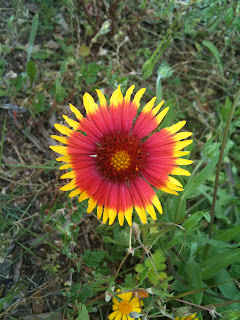I got into an interesting
semi embroglio
with a friend about Bikram yoga
a few weeks back
and spouted the
inner message/ judgment/ cutoff
I had in my head:
that it was too clunky
and rough
and disrespectful of the beauty of
real people
in real movement
Then I realized,
that the semi embrog
was about my wanting to divert from something
more important
AND
that I could be wrong
so
I decided to take up one of these lovely
"Try it out for a month for $49
packages"
expecting it to be the sloppy mess
I had it in my head
well, it was hot
I had that right
and they push you hard,
I had that right
but the structure
was far more amazing than I'd
remembered
and there was stuff I couldn't do
that I used to be able
to,
and that showed me
.... hmmm, there's some learning
to be had
and there were a lot more rests
than I'd remembered,
and rests are super important
and the emphasis on the spine
and taking poses to intermediate levels
and the abundance of balance poses
it was good
it almost killed me the first two
times
but that, too,
isn't so bad
because it was set up so it would
be hard to hurt yourself,
except coming out of Camel too fast,
which they don't warn or guide you through
it's all much safer than the average yoga class,
strangely enough
so,
joy
upon
joy
I was wrong
I'm not "in love"
with Bikram
but like it as a possible
was to spend a week a month,
say
of course, of course,
from a Feldenkrais and Anat Baniel perspective,
a lot more learning could take place,
but they aren't a learning system
they are a training system,
most specifically training the spine
to be more flexible
not bad
not bad at all


